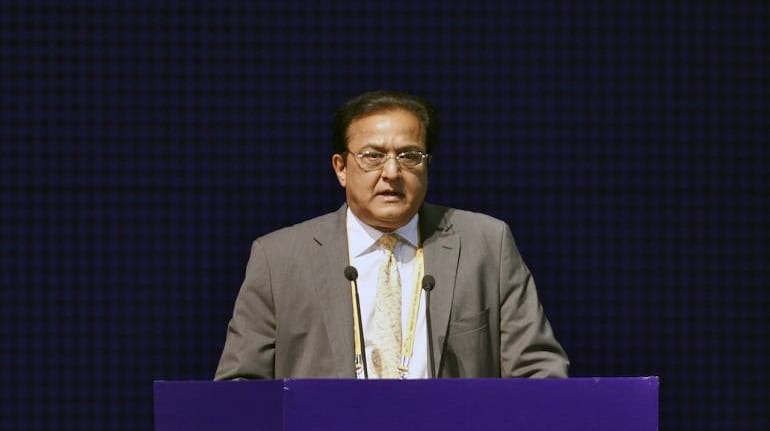

If Global Trust Bank (GTB) was bailed out by Oriental Bank of Commerce in 2004, Yes Bank, the only second new age private sector lender collapsing under alleged fraud and gross mismanagement, has a rush of rescuers.
According to the plan cleared by the Union Cabinet on March 13, the State Bank of India (SBI) is the lead rescuer in the consortium which will invest Rs 7,250 crore in Yes Bank.
SBI, India’s largest lender, will pick 725 crore shares at Rs 10 each. Other lenders too have joined the rescue act: HDFC Ltd and ICICI Bank will invest Rs 1,000 crore each (meaning 100 crore shares each), while Axis Bank and Kotak Mahindra Bank will invest Rs 600 crore and Rs 500 crore, respectively.
There is a likelihood of more investors, including Life Insurance Corporation of India (LIC). There will be a lock-in period for all investors.
As mentioned above, there have been private sector bank bailouts earlier as well. But, these were mostly involving one acquiring bank, nudged by the Reserve Bank of India (RBI) — the banking regulator.
In Yes Bank’s case, nearly all major private banks have come together to pay the price of alleged reckless lending by a promoter who hoped to make an HDFC Bank swiftly, and simultaneously believed he could use it as a family piggybank.
In other words, the losses spawned by Rana Kapoor’s banking actions are being bailed out by depositors and shareholders (considering that the government regularly infuses capital in SBI using taxpayers’ money).
To be sure, the Yes Bank rescue plan can be argued as inevitable to prevent a larger banking crisis. But, it leaves many questions unanswered. Why are shareholders bearing the brunt of the actions of a promoter? Should the losses of a private entity be bailed out by the public? Between financial years 2014 and 2019, Yes Bank's loan book grew to Rs 2,50,000 crore from Rs 55,000 crore. The loan book actually almost doubled between FY17 and FY19.
This implies a CAGR of around 38 percent while even in the best of times, Indian banks have not grown beyond 25 percent.
Remember, during this period, the average lending growth of banks used to be 8-10 percent. Most other banks were struggling to grow their books.
Non-performing assets (NPAs) were rising high as the economy slowed. Particularly after high value currency notes were demonetised in November 2016, economic activities had slowed to a trickle across sectors. Despite such debilitating factors, Yes Bank reported a huge growth in its loan books.
The RBI identified major NPA divergence in Yes Bank starting 2017-18. But it acted only towards the end of year 2018 by denying an extension to Kapoor and putting an RBI nominee on the board. In hindsight, if the RBI had done its job of identifying problems in the bank much earlier and clamped down on the lender, Yes Bank would have still needed a bailout but the cost of the exercise would have been much lower than what it is deemed now.
At the time of Ravneet Gill taking over as the new Chief Executive Officer after RBI's approval on March 1, the bank’s shares were trading at Rs 237.5 apiece. The gross NPAs in that quarter were just 3.22 percent. There was still a perception in the market that with a new CEO on board, the bank will be getting enough investors to sail through rough waters. Had the RBI acted at that point, the cost of Yes Bank rescue would have been, perhaps, far less.
Now, even as all the banking biggies lend their money and name to restore investor faith in Yes Bank, the bank will never be the same. The image of a failed bank will potentially deter all category of investors to park significant fresh money. The charges of quid-pro-quo deals and money laundering against former chief Kapoor are not minor. As more skeletons emerge out of the closet, Yes Bank will see more uneasy days ahead.
The bank is bailed out finally, but the massive erosion in shareholder wealth in Yes Bank will not be compensated. The late response that has come from the banking regulator in identifying and acting in the case will not be taken kindly by global investors looking at India.
The rescue will also set a bad precedent and send a wrong signal to other crony promoters and unrealistically aggressive banks in the private sector that a government bailout is on the way even if they mess up big.
Every bank in India is now a too-big-to-fail bank.
Discover the latest business news, Sensex, and Nifty updates. Obtain Personal Finance insights, tax queries, and expert opinions on Moneycontrol or download the Moneycontrol App to stay updated!